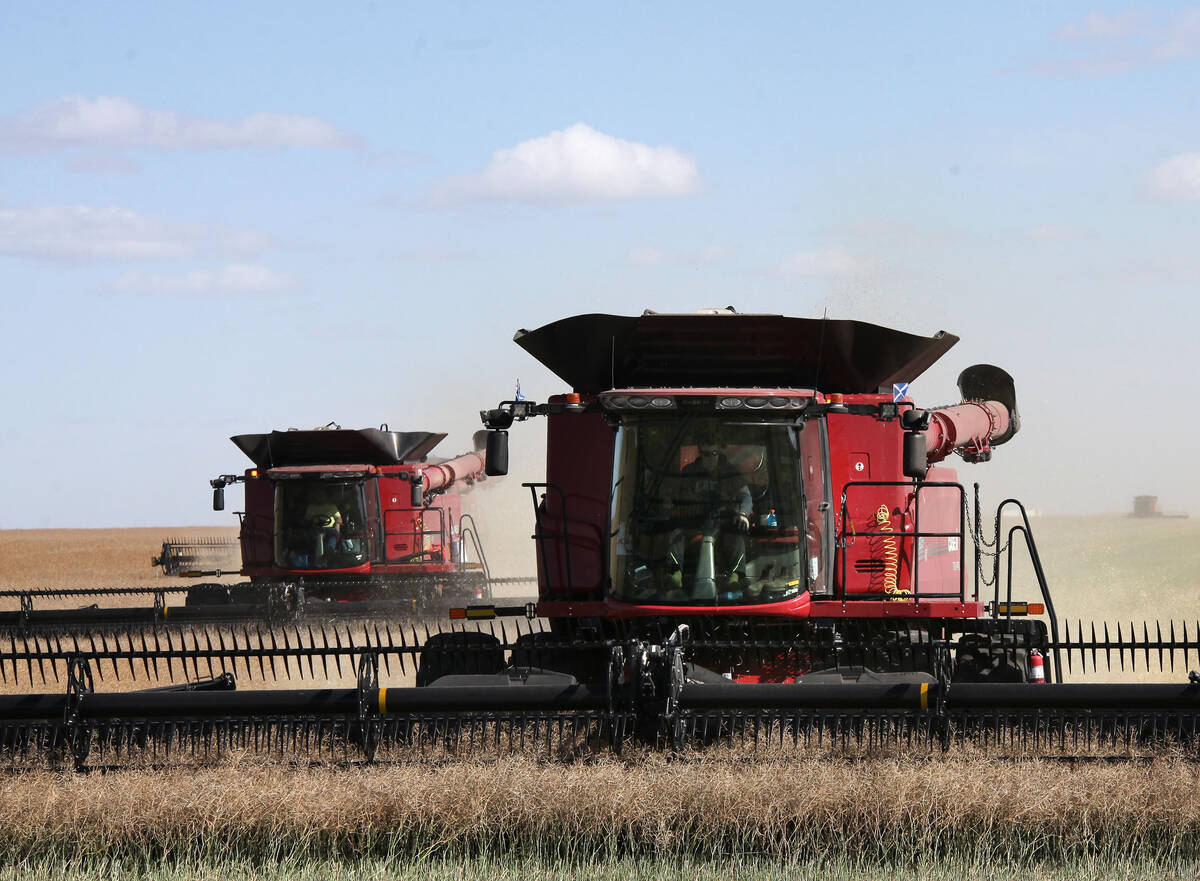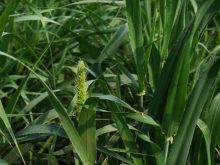Glacier FarmMedia – As farmers prepare for spring seeding, the Canadian Malting Barley Technical Centre reminded them to keep barley in mind.
“I think barley is something producers should always consider in their crop rotations,” the Centre’s managing director Peter Watts suggested.
“There are some advantages to growing barley. It’s an early maturing crop. It can be a week earlier than other crops. In terms of timing at harvest you can spread that out if you get your barley off early and follow with your wheat and canola,” Watts added.
Read Also

Notable changes in exports to China, India
China and India figured prominently in the September export data issued by the Canadian Grain Commission on Nov. 7. For the most part, the CGC’s numbers highlighted issues with grain, oilseed and pulse exports from licensed facilities to those countries.
He also noted input costs for barley are relatively low as farmers need to limit the amount of nitrogen, they apply in order to keep protein levels below 13 per cent.
“You can sell malting barley into the feed sector, but you can’t sell feed barley into the malting sector,” Watts explained, citing there’s often a premium associated with barley selected for malting. The Centre’s website that premium can be C$1 per bushel.
In the latest supply and demand estimates from Agriculture and Agri-Food Canada released on Jan. 20, the preliminary forecast for barley production in 2024/25 was pegged at 9.28 million tonnes, up from the nearly 8.90 million harvested in 2023/24.
For food and industrial use of barley, AAFC held its estimate for 2024/25 at the previous year’s 319,000 tonnes, while feed, waste and dockage was bumped up from 5.59 million tonnes to 5.95 million. As well, the carryover was nudged up from 750,000 tonnes to a projected 800,000.
As prices for canola and wheat have been getting hit hard in the markets lately, Western Canadian cash prices for malt barley have been unchanged for the last month, according to Prairie Ag Hotwire.
In Manitoba, the price stood firm at C$5.25/bu., while in Saskatchewan the crop fetched C$6.50 to 6.80, and it was C$6.50 in Alberta.
— Glen Hallick reports for MarketsFarm from Winnipeg.














